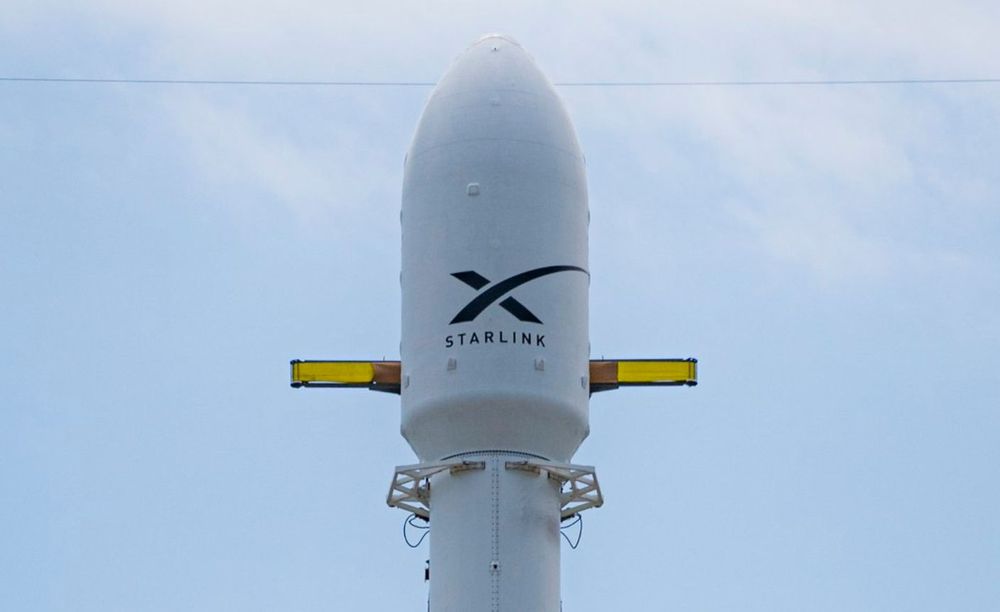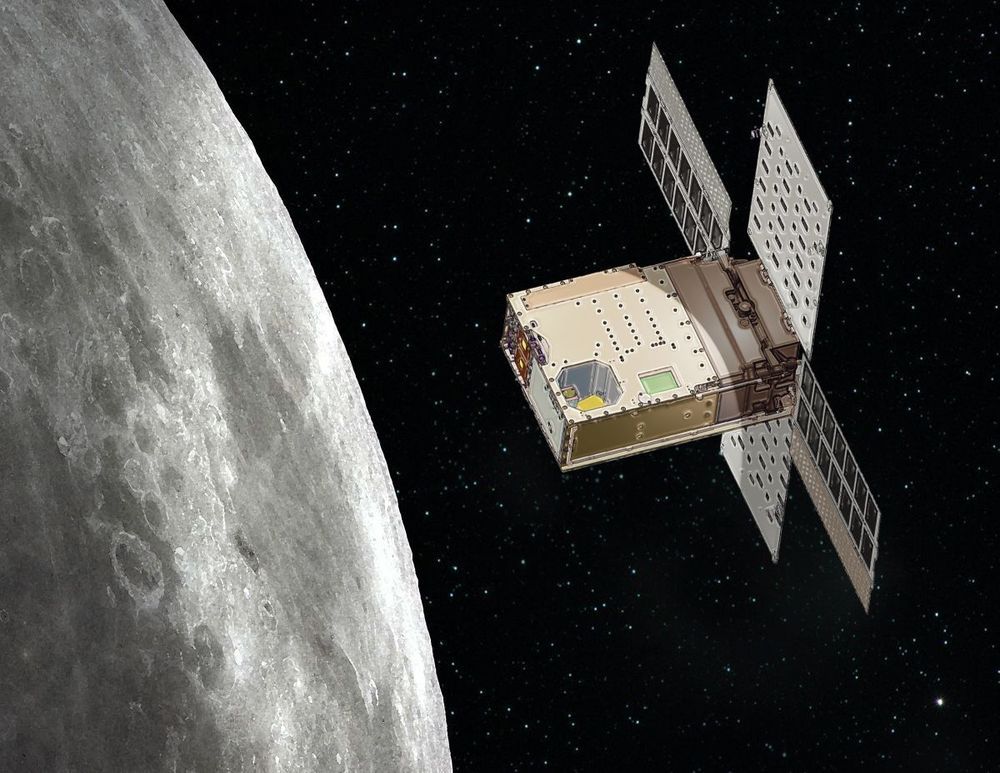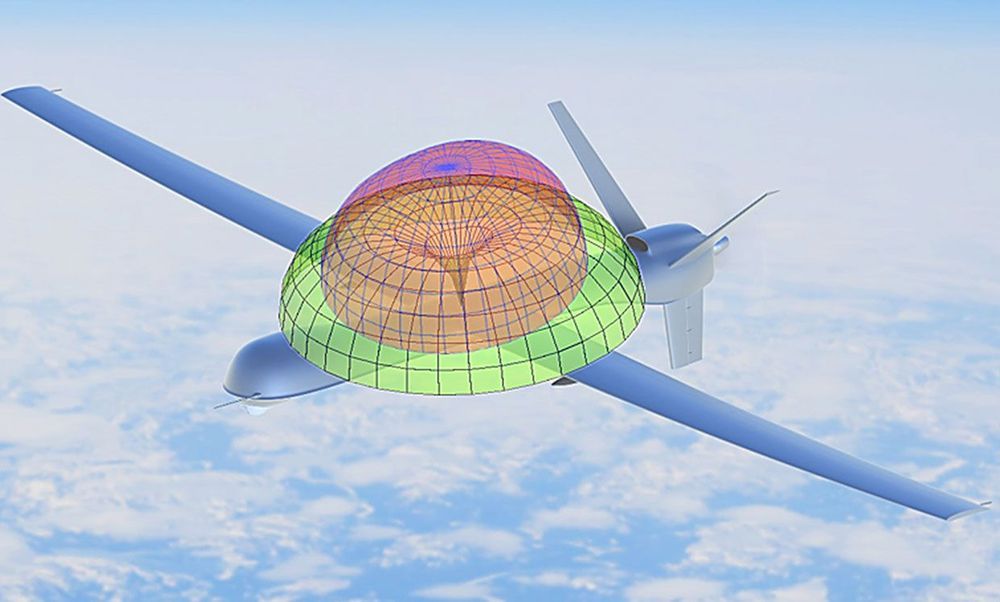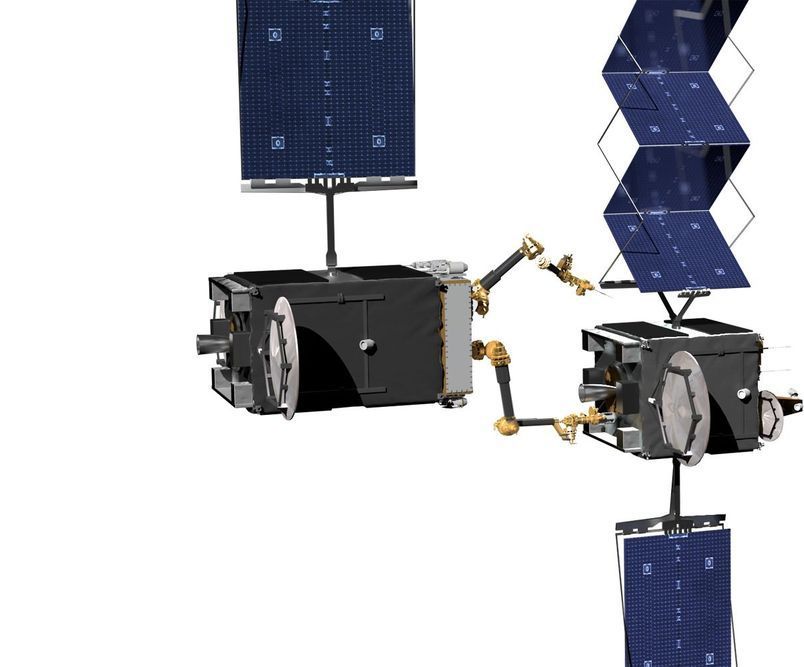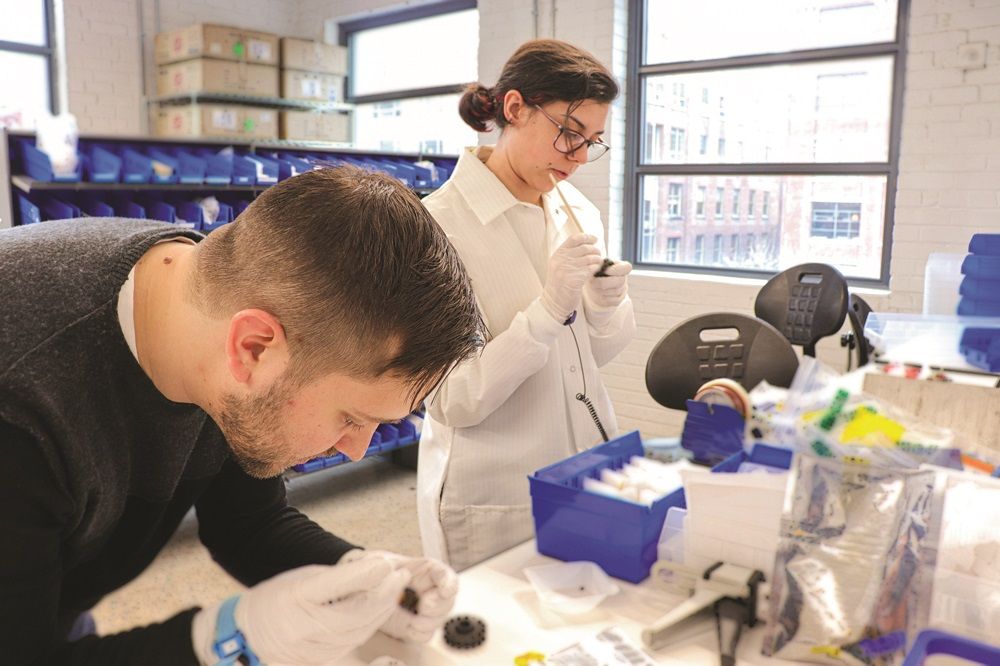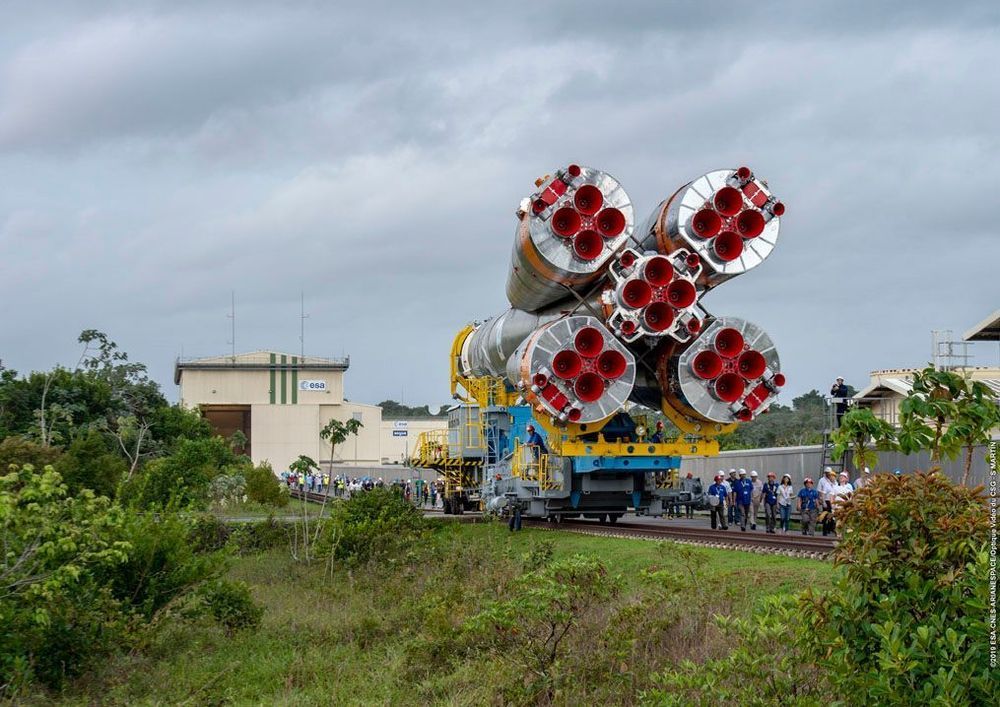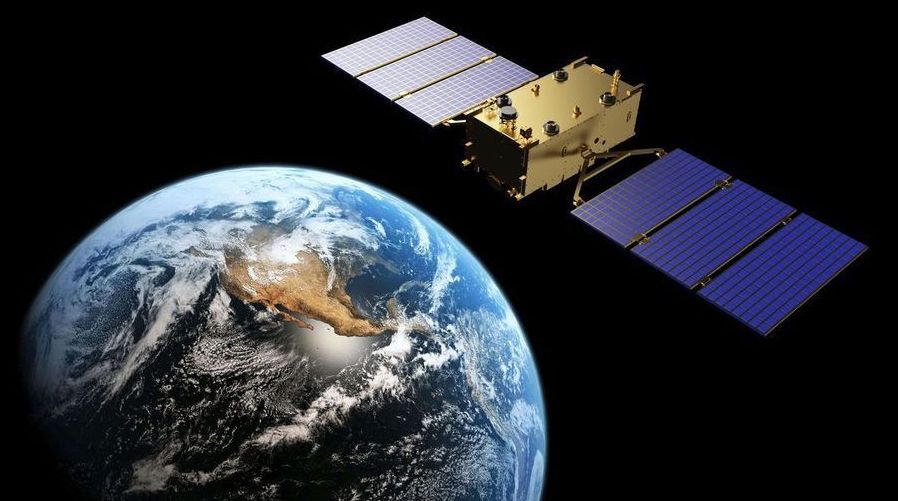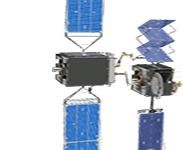SpaceX is preparing its Falcon 9 to launch the Starlink V1.0 L5 mission, although the launch date has been moved to Sunday. This mission will be the first Starlink launch from LC-39A at Kennedy Space Center, and the first from the pad since the Crew Dragon In-Flight Abort Test in January 2020. The first stage is B1048.5 – marking the first time a Falcon 9 core flies for the fifth time. The launch is now scheduled for 9:22 AM Eastern on March 15.
Lead Image by Mike Deep Starlink launch:
This mission will launch the 5th batch of 60 fully-operational Starlink satellites – the sixth batch overall – to a Low Earth Orbit (LEO). This will also be the first Starlink launch from the historic Launch Complex 39A (LC-39A) at Kennedy Space Center. Previous Starlink missions launched from Space Launch Complex 40 (SLC-40), just over three miles south of LC-39A.
